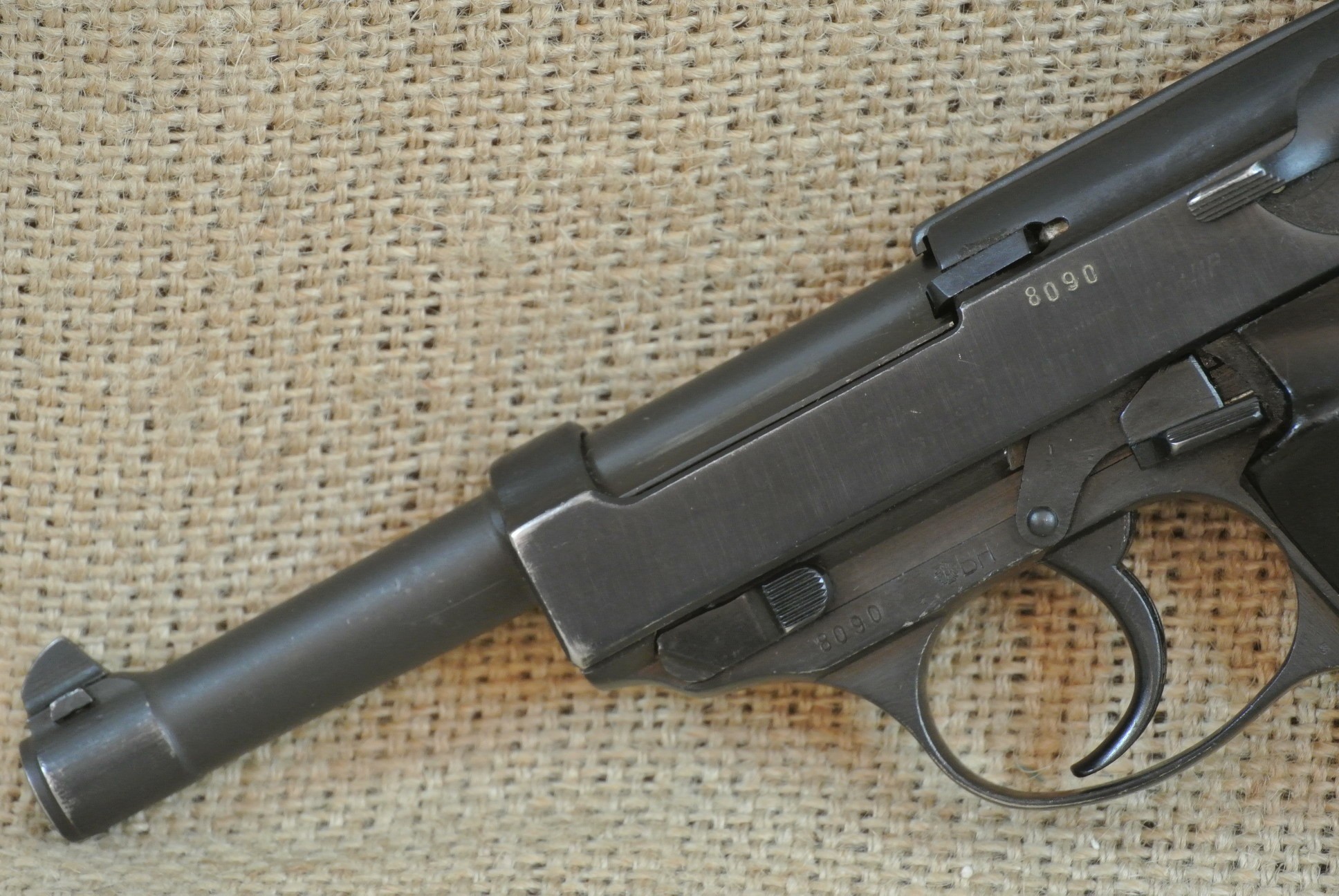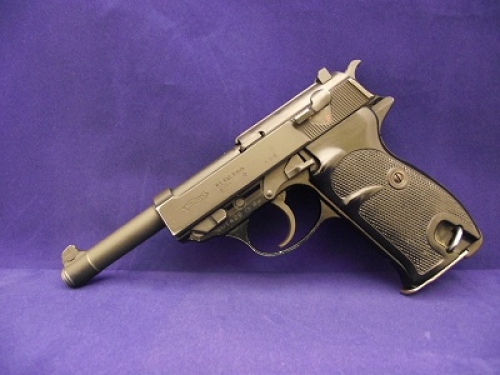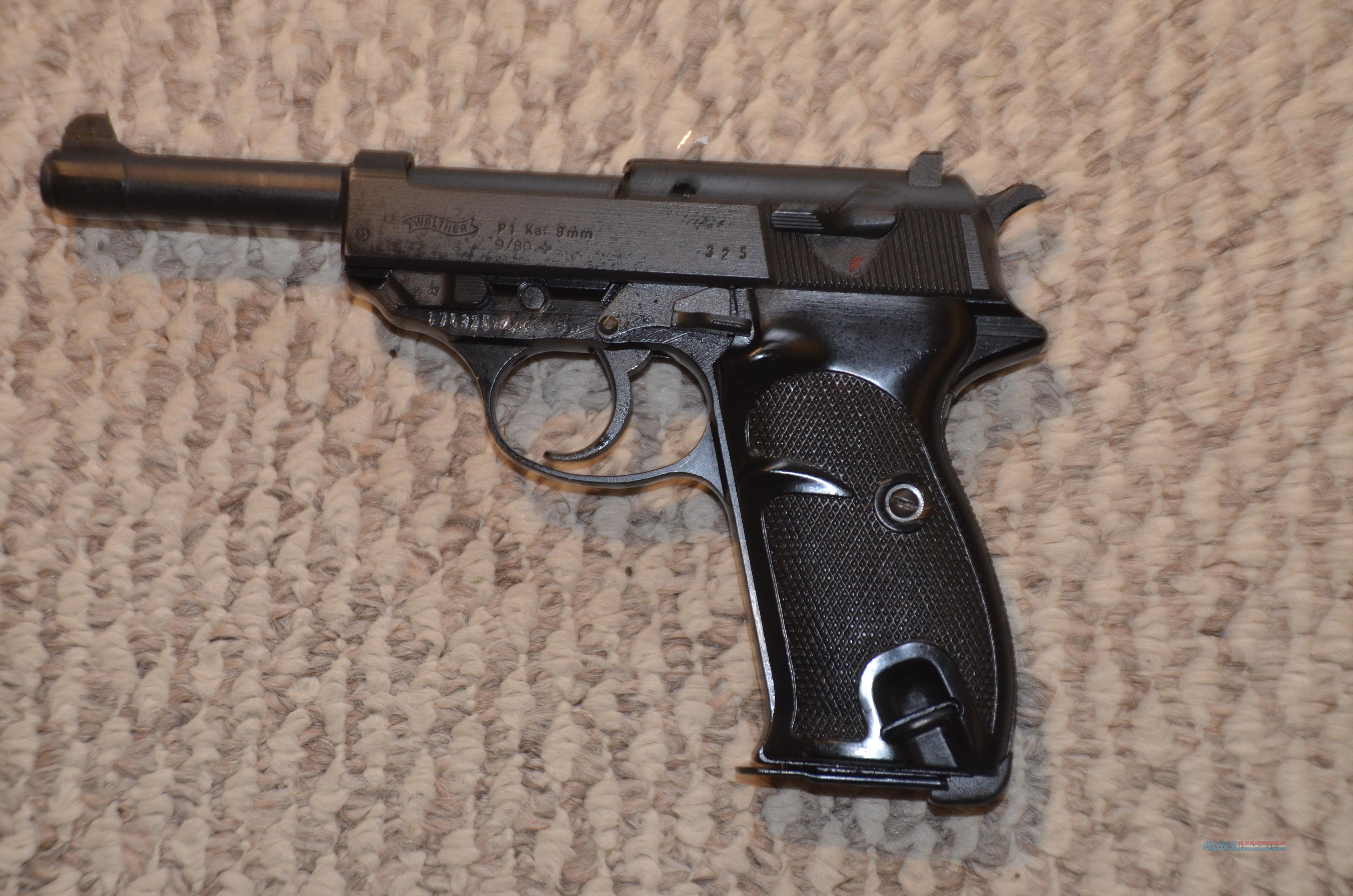

The Walther Q4 Tac delivers unmatched proficiency in a versatile platform made to meet individual needs. The CCP also features a non-slip grip, steel barrel, low-profile 3-dot sights, front and rear slide serrations, and a lightweight trigger pull. It is chambered in 9mm and offers an 8-round capacity. Made specifically for concealed carry, the Walther Arms CCP features a gas-delayed blow-back system that aids in reduced felt recoil. The PPQ additionally features a trigger that Walther refers to as the best on the market. The Tenifer-coated slide and barrel provide corrosion resistance, while the cross-directional non-slip grip offers greater control.

Features include interchangeable backstraps, non-slip grip, corrosion-resistant Tenifer coating, and adjustable 3-dot sights.Ĭhambered in 9mm and 40 S&W, the Walther PPQ is an ergonomically-sound semi-auto pistol suitable for law enforcement and security professionals. Powered by feedback from professionals, Walther has continuously improved on the P99 over the years, creating a solidly built pistol that delivers outstanding performance, even in less than ideal conditions. Trusted by law enforcement agencies across the globe, the Walther P99 is a semi-automatic handgun chambered in 9mm with a 15-round capacity. A tried and true design, the PPK delivers unrivaled performance fit for a secret agent. The PPK is chambered in 380 ACP with a 6+1 capacity and features a double-action/single-action trigger. It is available in black or stainless, with some models offering a walnut grip. This semi-automatic pistol is a true legend born from a groundbreaking idea about concealed carry. Each of these handguns have unique features and serve different purposes.Ĭarried by the fictional character James Bond, the PPK is one of Walther’s most well-known handguns. Life is filled with enough regrets without something like this being one of them.The best-selling Walther handguns include the PPK, P99, PPQ, CCP, and Q4 Tac. (You may get lucky and get one by luck of the draw, but why take a chance?) If you're spending any money at all on a gun it would be foolish not to spend the extra few dollars and have something you really want and really feel confident and happy with. And yet, because of the name "P.38" and general lack of knowledge on the part of many people, you may pay upward of $150-$200 more just for the name "P.38" when in fact it still has the aluminum frame WITHOUT the steel reinforcing lug in the frame, better slide and all the other improvements made to later-model P.1's.īottom line: If you're going to buy one from AIM, cough-up the extra $10.00 for hand-select and specify you want a later model with the steel reinforcment lug in the frame. It may be safe to assume that these later-production pistols, with all the design improvements, may provide increased functional reliability than the earlier models, including, ironically the post-war P.38's which never had these design modifications incorporated as did the P.1. (See the photo somebody posted elsewhere on this page to see what I'm talking about.) They also incorporated a slightly thicker sidewall on a section of the slide (commonly referred to as a "fat-slide" though it's not really distinguishable at a glance) and several other changes as well. In later years (sometime in the 1970's), Walther incorporated several important design improvements into the P.1 including the infamous steel hex-pin through the frame to lessen the impact of the locking-block on the return of the slide into battery. Apart from that one notable exception, ALL post-war Walther P.38 pistols have the same aluminum frame as the P.1.

Well, only those made through 1945 under the Third Reich and the relative handful assembled by the French immediately after the war using captured German parts. You'll hear all over the place how P.38's supposedly all have steel frames. All post-war P.38's are more or less identical as far as I know to the P.1, including an alloy ("Duraluminum") frame. The post-war P.38 and P.1 designations were largely superficial and used to designate pistols for the police forces and Bundeswehr (the armed forces), respectively.


 0 kommentar(er)
0 kommentar(er)
